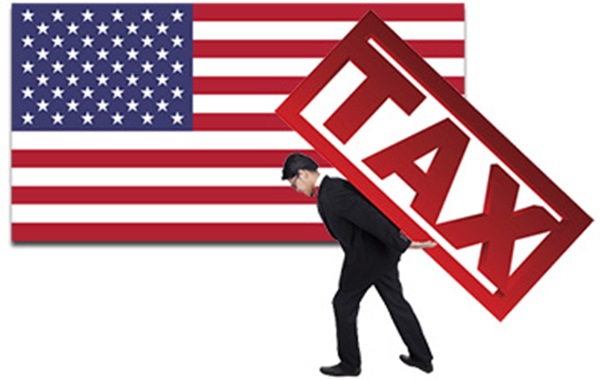Eduardo Porter had a good piece noting that the United States is an outlier among rich countries in that it takes in far less tax revenue each year than other wealthy countries. As a result, it provides less in public services like health care and higher education. However this is an incomplete story.

Tax collections are only one way in which the government pays for goods and services.
There are three other important mechanisms:
While tax collections have increased little over the last three decades, the money committed in these three categories has expanded hugely relatively to the size of the economy over this period.
In the case of patent and copyright monopolies, these are mechanisms that the government uses to pay for innovation and creative work as an alternative to direct spending. For example, the United States could spend another $50 billion a year on biomedical research (in addition to the $32 billion it spends through the National Institutes of Health) and take responsibility for developing and testing new drugs. Instead, it tells the pharmaceutical industry to develop drugs and it will give it patents and other types of monopolies so it can recoup its costs.
We will spend over $450 billion in 2017 on prescription drugs that would likely cost less than $80 billion in a free market. (Drugs are almost invariably cheap to manufacture.) The difference of $370 billion is roughly 2.0 percent of GDP. Given the importance of patent and copyright monopolies in a wide range of other areas, such as medical equipment, software, video games, and recorded music and movies, the total amount of spending committed each year due to these monopolies must be at least 4-5 percent of GDP.
Tax expenditures are items like the mortgage interest deduction where we lower people’s taxes to subsidize some activity. There really is no difference between tax expenditures and direct spending except we have less accountability for the former. Suppose someone has $30,000 in interest payments on their mortgages and local property taxes. If they are in the 25 percent bracket this is effectively giving them a $7,500 subsidy towards their home. How is this different from collecting the taxes and then sending this person a check for $7,500? If we add up various tax subsidies for items like mortgage interest deductions, employer provided health insurance, and charitable contributions it would almost certainly come to more than 4 percent of GDP.









Leave A Comment